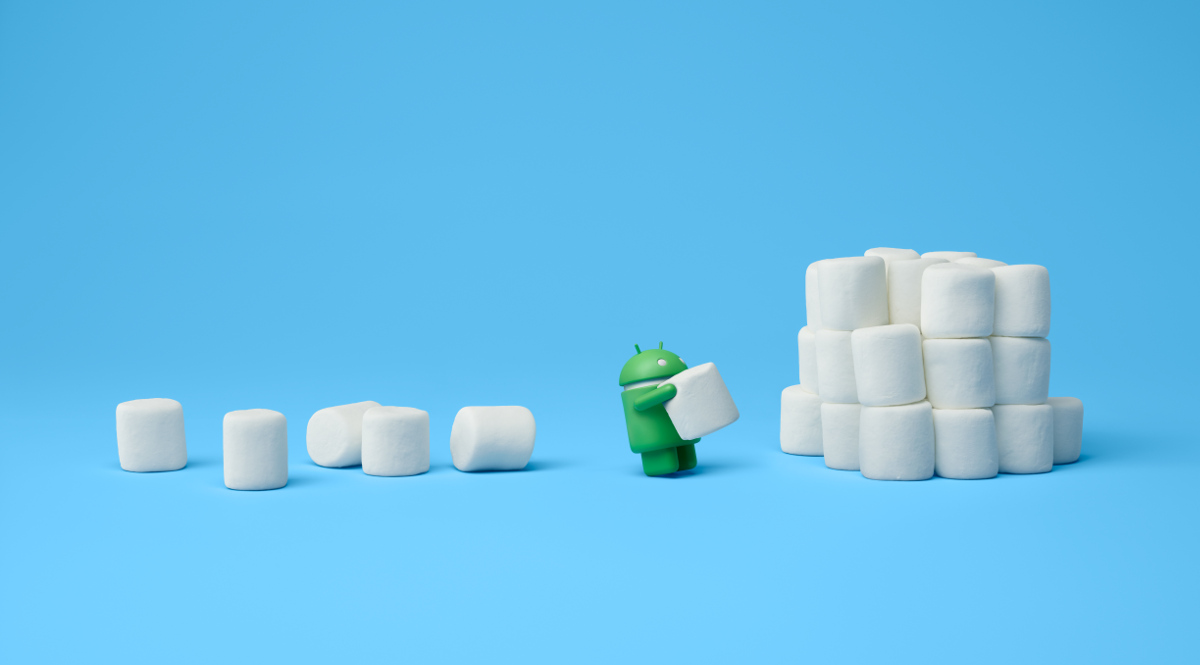在布局优化中,Androi的官方提到了这三种布局<include/>、<merge />、<ViewStub />,并介绍了这三种布局各有的优势,下面也是简单说一下他们的优势,以及怎么使用,记下来权当做笔记。
一、布局重用<include/>
<include />标签能够重用布局文件,简单的使用如下:
1 | <LinearLayout xmlns:android="http://schemas.android.com/apk/res/android" |
1) <include />标签必须使用单独的layout属性。
2) 可以使用其他属性。<include />标签若指定了ID属性,而你的layout也定义了ID,则你的layout的ID会被覆盖。
3) 在include标签中所有的android:layout_*都是有效的,前提是必须要写layout_width和layout_height两个属性。
4) 布局中可以包含两个相同的include标签,引用时可以使用如下方法解决
比如这个布局文件:1
2
3
4
5
6
7
8
9
10
11
12
13
14
15
16
17
18
19
20
21
22
23
24
25
26
27
28
29
30
31
32
33<?xml version="1.0" encoding="utf-8"?>
<ScrollView xmlns:android="http://schemas.android.com/apk/res/android"
android:layout_width="fill_parent"
android:layout_height="fill_parent"
android:scrollbars="vertical" >
<LinearLayout
android:layout_width="fill_parent"
android:layout_height="wrap_content"
android:focusable="true"
android:focusableInTouchMode="true"
android:orientation="vertical"
android:padding="10dip" >
<include
android:id="@+id/discovered_servers"
layout="@layout/discovered_servers_element" />
<include
android:id="@+id/bookmarks"
layout="@layout/bookmarks_element" />
//注意以下这个include和上面的include
<include android:id="@+id/bookmarks_favourite"
layout="@layout/bookmarks_element" />
<include
android:id="@+id/new_conn"
layout="@layout/new_conn_element" />
</LinearLayout>
</ScrollView>
这里我们include了两次res/layout/bookmarks_element.xml,这个子布局内容如下:
1 | <!-- res/layout/bookmarks_element.xml 布局 --> |
如果向下面这样调用是错的,
1 | LinearLayout fav_bookmarks = findViewById(R.id.bookmarks_list); // WRONG!!!! |
正确的方法是这样:
1 | View bookmarks_container_2 = findViewById(R.id.bookmarks_favourite); |
二、减少视图层级<merge/>
<merge />标签用于减少View树的层次来优化Android的布局。先来用个例子演示一下:
首先主需要一个配置文件activity_main.xml
1 | <RelativeLayout xmlns:android="http://schemas.android.com/apk/res/android" |
再来一个最简单的Activity,文件名MainActivity.java
1 | package com.example.merge; |
按着上面的代码创建工程,运行后使用“DDMS -> Dump View Hierarchy for UI Automator”工具,截图如下:
- merge 使用前:
最下面两层RelativeLayout与TextView就是 activity_main.xml 布局中的内容,上面的FrameLayout是Activity setContentView添加的顶层视图。下面使用merge标签可以查看下区别。
布局文件 activity_main.xml 修改内容如下:
1 | <merge xmlns:android="http://schemas.android.com/apk/res/android" |
使用“DDMS -> Dump View Hierarchy for UI Automator”工具,截图如下:
- merge 使用后
可以看到,FrameLayout下面直接就是TextView,与之前的相比少了一层 RelativeLayout 而实现的效果相同。
那么,什么情况考虑使用
<merge />标签?一种是向上面的例子一样,子视图不需要指定任何针对父视图的布局属性,例子中TextView仅仅需要直接添加到父视图上用于显示就行。
- 另外一种是假如需要在LinearLayout里面嵌入一个布局(或者视图),而恰恰这个布局(或者视图)的根节点也是LinearLayout,这样就多了一层没有用的嵌套,无疑这样只会拖慢程序速度。而这个时候如果我们使用merge根标签就可以避免那样的问题,官方文档 Android Layout Tricks #3: Optimize by merging 中的例子演示的就是这种情况。
<merge />标签有什么限制没?- <merge />只能作为XML布局的根标签使用。
- 当 Inflate 以<merge />开头的布局文件时,必须指定一个父ViewGroup,并且必须设定attachToRoot为
true。
- 当 Inflate 以<merge />开头的布局文件时,必须指定一个父ViewGroup,并且必须设定attachToRoot为
三、需要时使用<ViewStub />
限于篇幅,这里只大概总结一下ViewStub的使用方法,详细介绍和使用写到后面的文章中。
<ViewStub />标签最大的优点是当你需要时才会加载,使用他并不会影响UI初始化时的性能。各种不常用的布局想进度条、显示错误消息等可以使用<ViewStub />标签,以减少内存使用量,加快渲染速度。<ViewStub />是一个不可见的,大小为0的View。<ViewStub />标签使用如下:
1 | <ViewStub |
当你想加载布局时,可以使用下面其中一种方法:
1 | ((ViewStub) findViewById(R.id.stub_import)).setVisibility(View.VISIBLE); |
or
1 | View importPanel = ((ViewStub) findViewById(R.id.stub_import)).inflate(); |
当调用inflate()函数的时候,ViewStub被引用的资源替代,并且返回引用的view。 这样程序可以直接得到引用的view而不用再次调用函数findViewById()来查找了。
注:ViewStub 目前有个缺陷就是还不支持 <merge /> 标签。
更多<ViewStub />标签介绍可以参考官网教程《Android Layout Tricks #3: Optimize with stubs》
【参考资料】:
1、Android抽象布局 — include、merge 、ViewStub
2、Tech Stuff: Android <include/> layout pitfalls
3、Android 性能优化 四 布局优化merge标签的使用
4、Android之merge布局
5、 Android实战技巧:ViewStub的应用


